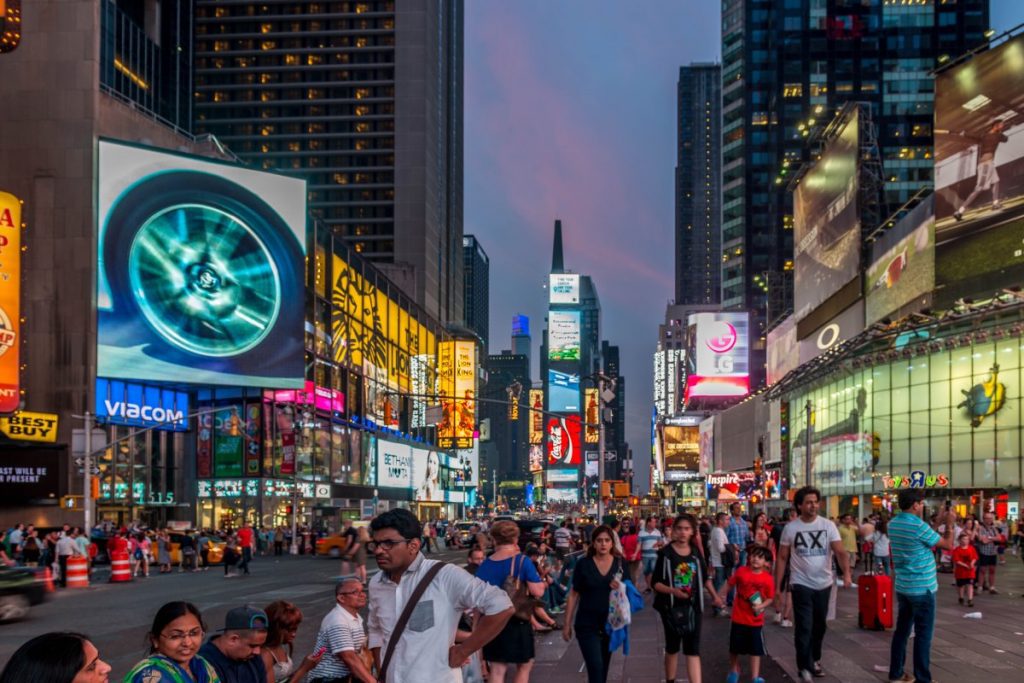Both the Middle East and Europe are on track to reach their pre-pandemic levels in 2023 , according to the UN World Tourism Organization. Last year saw a stronger than expected recovery for the global tourism economy.
In 2022, more than 900 million tourists traveled internationally, double from 2021 but 63 percent of 2019 levels. International tourism receipts rose across most destinations. The UN World Tourism Organization (UNWTO) cited increases in average spending per trip due to longer stays, traveler willingness to spend more at destinations and higher travel costs due to inflation.
International tourists arrivals could reach between 80 to 95 percent of pre-pandemic levels in 2023. The potential economic slowdown, the Ukraine war, Asia Pacific’s recovery timeline and other factors will play a role in how quickly international travel returns to its pre-pandemic level.
The Middle East had the best comeback of all the regions last year. The region reached 83 percent of its pre-pandemic level. Europe reached around 80 percent. Africa and the Americas received around 63 percent of their pre-pandemic level.
Asia Pacific had a rough year. The region reached only 23 percent of its pre-pandemic volume due to stronger pandemic restrictions, according to UNWTO. China’s zero-Covid policy was a big driver. For most of 2022, the policy effectively shut China out of the global tourism economy.
Tourism leaders have repeatedly said China’s absence has dragged the global recovery. “We look at Greater China, the zero Covid policy has continued to dampen recovery in a meaningful way,” said Marriott International CEO Anthony Capuano at World Travel and Tourism Council Global Summit.
With China now relaxing its policy, Asia Pacific and the world have made a significant step toward recovery. UNWTO said the availability and cost of air travel, visa regulations and COVID-19 related restrictions will shape how the recovery will play out. At least 32 destinations have imposed travel restrictions on Chinese tourists. The U.S., for example, requires Chinese tourists to test negative for Covid no more than two days before departure.
Travel demand from the U.S., however, will continue to be strong in 2023 thanks to the strength of the American dollar, according to UNWTO. Europe in particular will enjoy strong travel flows because of the euro’s relative weakness compared to the dollar.
